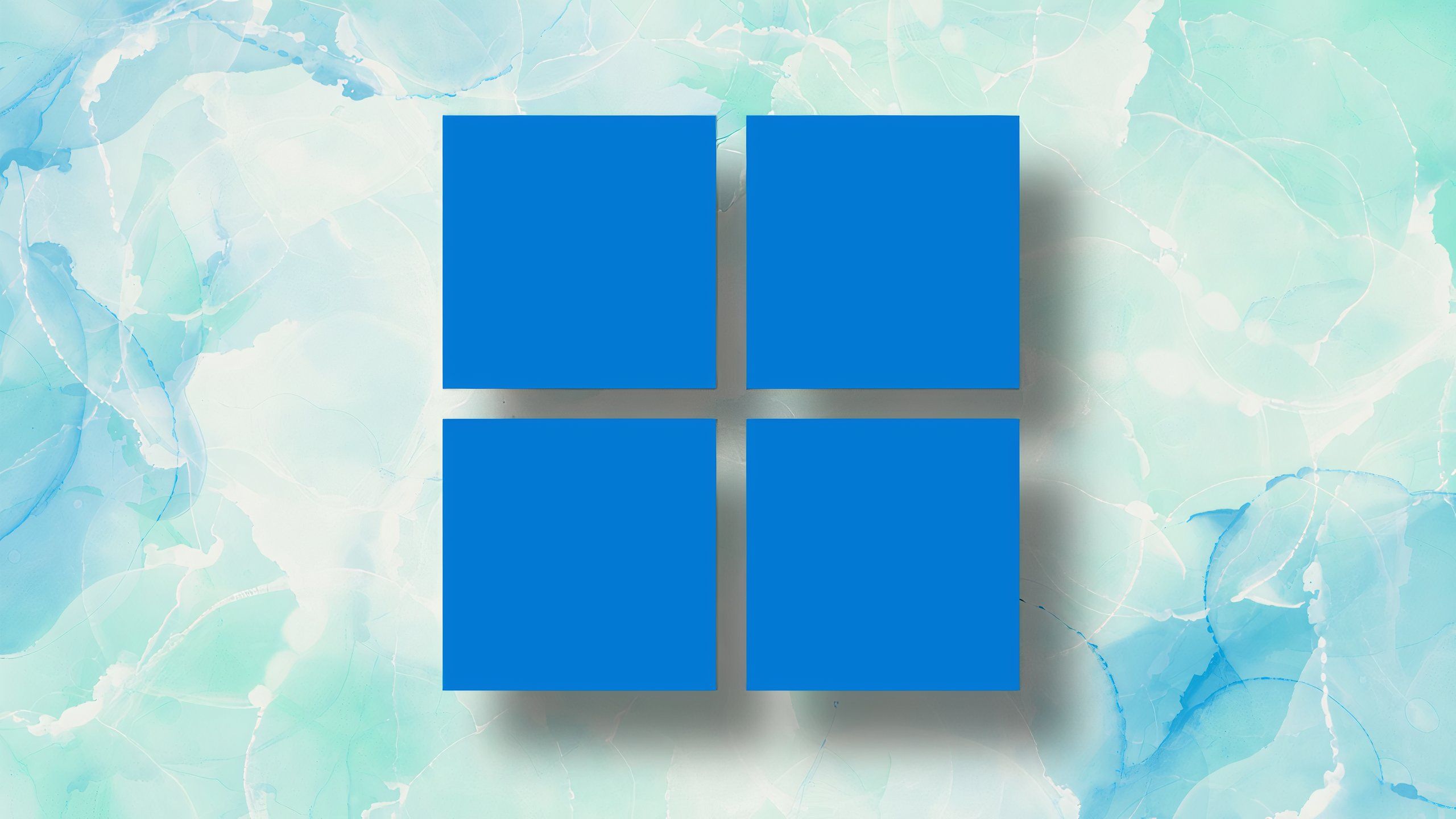
These 5 things are holding Windows 11 back from greatness
- 20.03.2025 17:20
- pocket-lint.com
- Keywords: AI, Startup
Windows 11 faces issues with inconsistent dark mode, limited taskbar customization, fragmented settings, reliance on web tech, and reduced touch support.